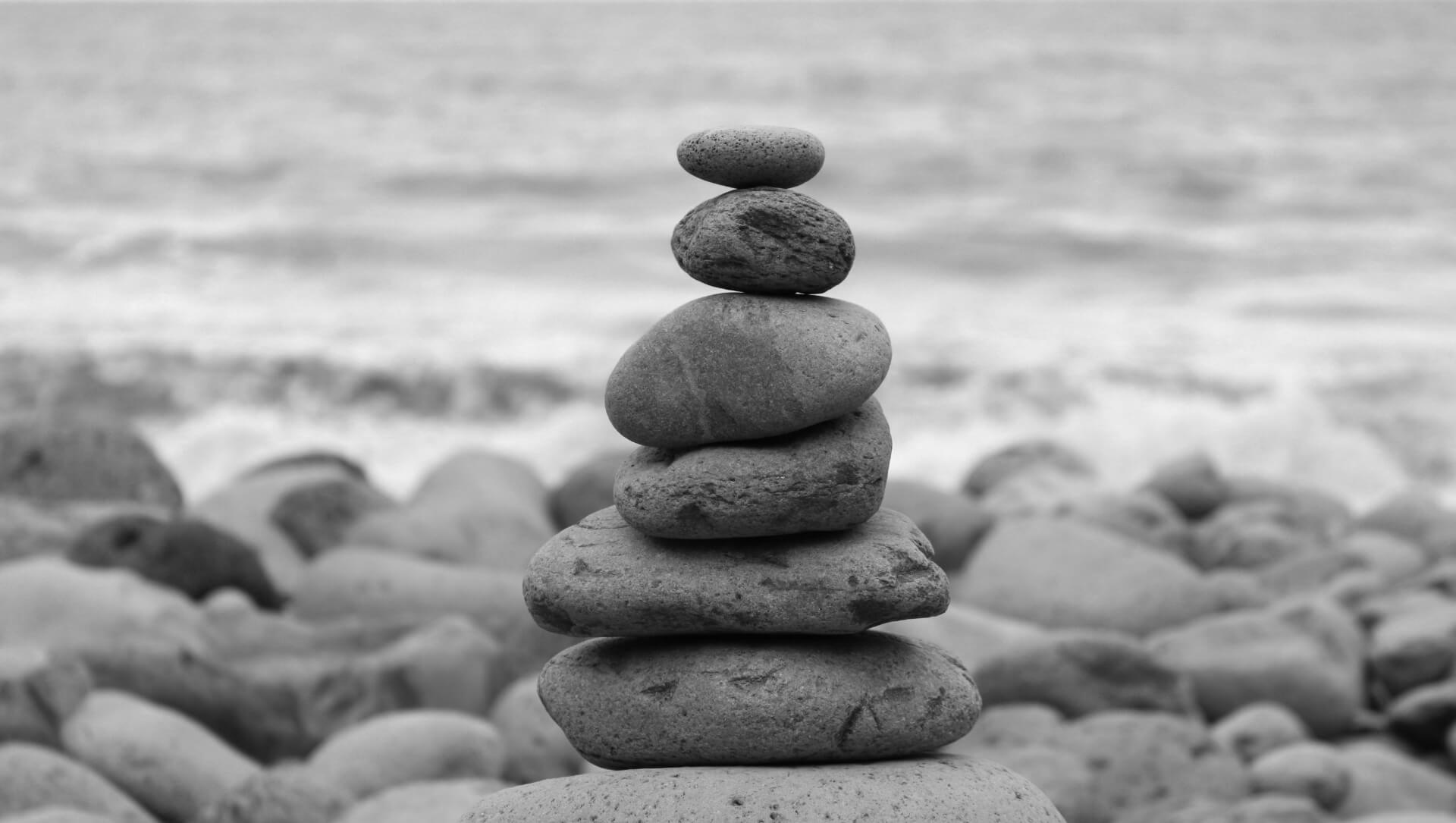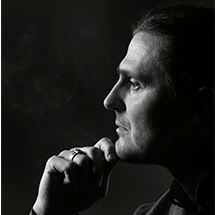CONCLUSIONS AND RECOMMENDATIONS
Based on the suggested approach, we can now formulate a number of conclusions and recommendations, using which specific step-by-step strategies for practical implementation can be developed in the future:
1. Universal direction of development. The lifelong learning process implies the need for knowledge of universal measures to determine the general direction of development of an individual and humanity as a whole. As such a universal measure, we propose to use the human body.
2. Integral development programs. The proposed approach shows uniform, natural and consistent measures, or guidelines, of human development, covering the entire life path of an individual. This provides the basis for the formulation of a holistic concept of development and the creation of specific programs of education and lifelong learning. Such programs will be both universal in their structure and take into account the individual level of development, interests and circumstances of a person's life at a particular stage.
3. The next step in development. Knowing the full scale of human development and the qualities of each of the levels, or steps, allows us to know the universal direction that any of us associates with upward movement. Knowing the level of development of an individual using different scales allows diagnosing what the next step should be for him to be able to proceed in the right direction.
4. Development later in life. The approach removes doubts about the possibility and expediency of learning in advanced age, since each age has its own phase with its inherent qualities and tasks, and there is not a single one in which a stop in human development would be justified.
5. Accurate diagnostics. The systematic approach, the clear identification of steps of individual development and the knowledge of their characteristics and features, as well as the ability to perceive them directly through one's own body, open up the prospect of creating accurate diagnostic methods using various developmental indicators and making recommendations based on them.
6. Progressive development. Going through the levels of development scala step by step up to the next higher function, it is necessary to double-check the corresponding abilities, confirming them through the market demand for the value produced by man. If the demand of the market is insufficient and the outcome is not enough for the survival and reproduction of this value, then one should not rise higher yet. This level should be considered the current position on the scale of development, which needs to be worked out before it will be possible to move on to the next one.
7. Type of educational institution. The proposed scale helps to determine what type of educational institution, producing or service enterprise, project team or other associations of people will be optimal for a person going through a particular stage of personal development.
8. Building a solid foundation. A significant obstacle on the path of development is the often manifested egoistic desire to discover higher functions in oneself. As a result, a person falls under the influence of illusions and stops in his development. To avoid this, it is necessary to pay more attention not to those functions that a person could somehow reach in his performance, but to those on which he is already able to stand firmly and act effectively in his daily life. Knowing the value one produces and one’s personality level will help not to overestimate yourself.
9. Overcoming the limitations of the ego. The entire path of development of an individual's personality is directly related to the transformation of his “I”, or ego. This process reaches its peak at the level of Realisation function, when a person arrives at a maximum personal strength and faces the influence of his false “I”, that is now blocking the path to a higher plane of existence — to his true purpose and meaning of life. This barrier can be overcome through public awareness of the critical importance of this issue and its support for the emergence in its ranks of people who have already passed this obstacle. Such individuals are able to personally help others in their development and are therefore called mentors.
Image by Julia Chystiakova from Lito-studio.com

The potential of any individual is naturally concealed from him or her. Will our potential develop fully, or partially? Will it develop in a standard way, or will it take a very personal pattern?

Raja Yoga and LiveDevice indicate the natural ascending levels of human development and should not contradict each other. We check their mutual correspondence.

Description of the method for individual counselling based on the LiveDevice approach
